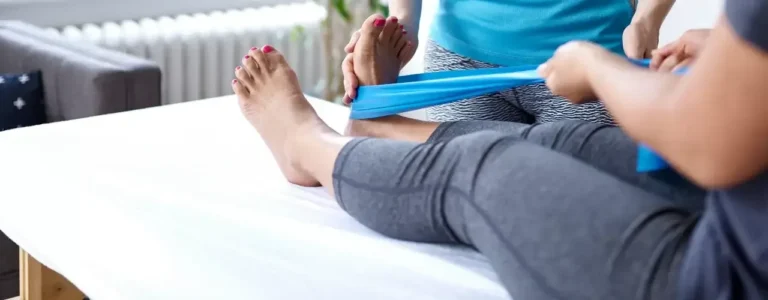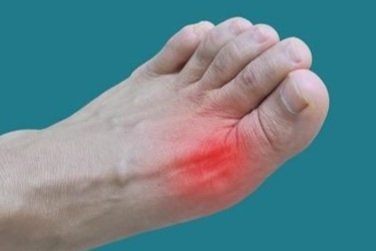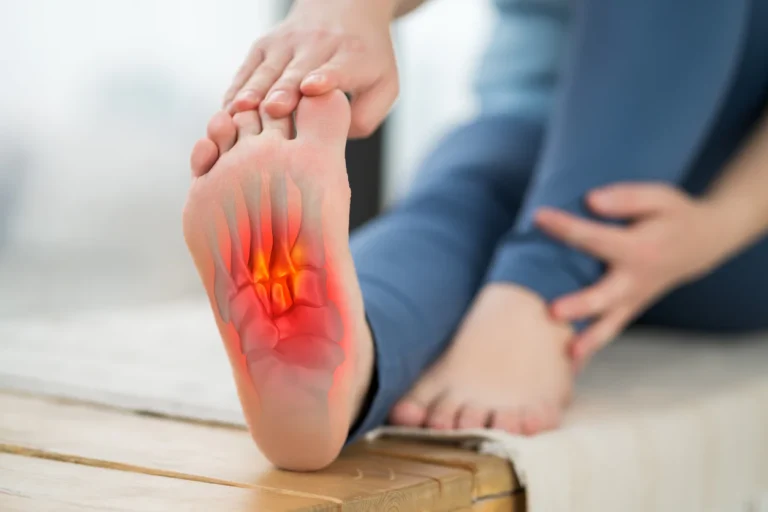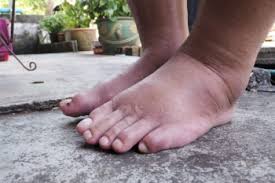Understanding Bunion Symptoms and Treatment Options
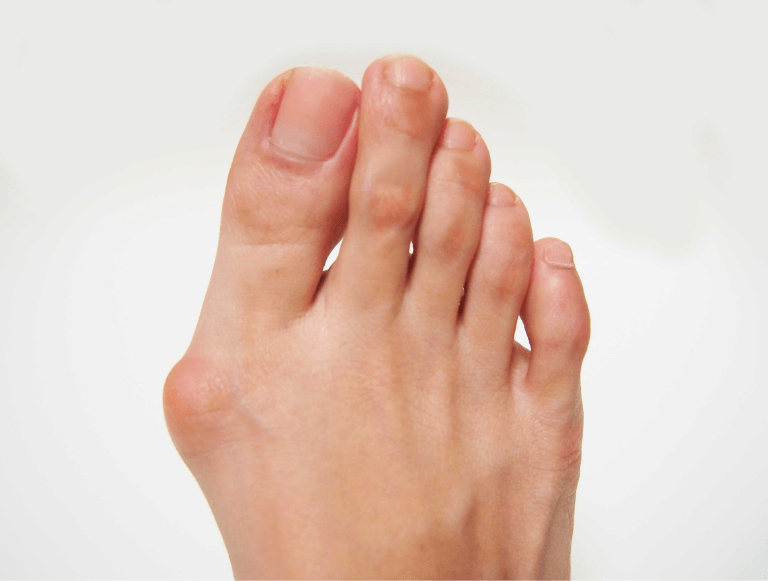
A bunion is a bony bump that forms on the joint at the base of the big toe. It occurs when some of the bones in the front part of the foot move out of place, causing the tip of the big toe to be pulled toward the smaller toes and forcing the joint at the base of the big toe to protrude. The skin over the bunion might be red and sore. Understanding the signs associated with this condition is the first step toward managing its development and seeking appropriate care.
Early Bunion Signs
In the initial stages, a bunion may not cause significant discomfort, but subtle changes can be observed. You might first notice a slight lean of your big toe toward your other toes. A small, firm bump may begin to develop on the outside edge of the base of your big toe. This area may feel tender or appear slightly red after wearing tight shoes or spending a prolonged period on your feet.
Common Bunion Symptoms
As bunions progress, the symptoms typically become more noticeable and harder to ignore. They can impact your comfort, mobility, and even your ability to find shoes that fit properly. Here are the common symptoms of a worsening bunion:
- A growing bump at the base of the big toe that becomes more prominent.
- Difficulty finding shoes that fit comfortably.
- Persistent soreness or pain in the affected joint, especially during or after physical activity.
- Callused or inflamed skin over the bunion due to friction from footwear.
Progressive Bunion Pain
Without intervention, the pain associated with a bunion can evolve from intermittent discomfort to a more chronic issue. The misalignment of the toe joint can lead to increased pressure and pain. This pain can affect not just the big toe but the entire ball of the foot. You might find that activities you once enjoyed, such as walking or running, become painful. In some cases, this persistent pain can lead to the development of related conditions. One example is bursitis, which is the inflammation of the fluid-filled sacs that cushion the bones near your joints.
Severe Bunion Signals
In advanced stages, a bunion can cause significant changes to the structure of your foot, impacting your mobility. The big toe may cross over or under the second toe, creating further crowding and potential deformities in the smaller toes, such as hammertoes. The pain can become severe and constant, making it difficult to walk even short distances. At this stage, finding footwear that doesn’t aggravate the condition is a challenge, and the range of motion in the big toe joint may be severely limited.
Relieve Bunion Symptoms
Addressing bunion symptoms can involve various strategies, ranging from lifestyle adjustments to structured interventions. Conservative methods often aim to relieve pressure on the affected joint, such as wearing wider, more comfortable shoes with a spacious toe box or using over-the-counter bunion pads and custom orthotics to help position the foot correctly. For persistent or severe symptoms, consulting a healthcare professional is beneficial for a thorough evaluation and a tailored treatment plan.
- What to Expect When Visiting a Foot and Ankle Specialist
- Causes of PTSD
- The Link Between Plantar Fasciitis and Weight Gain: What You Need to Know
- How Pet Ownership Can Positively Impact Life with Fibromyalgia
- The Importance of Stretching and Flexibility in Sports Medicine
Dr. Emma Green is a health and wellness expert with over 10 years of experience in nutrition and fitness. Passionate about helping others live their healthiest lives, Dr. Green shares practical advice on wellness, nutrition, and sustainable living through LivingSpristine.

